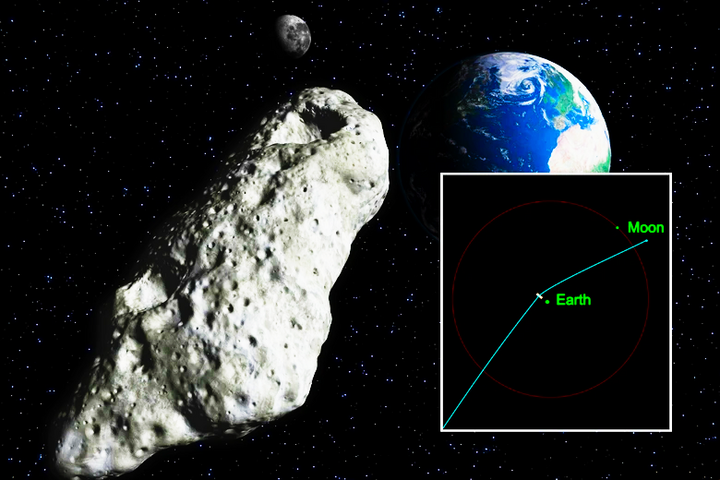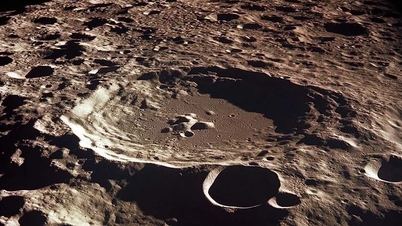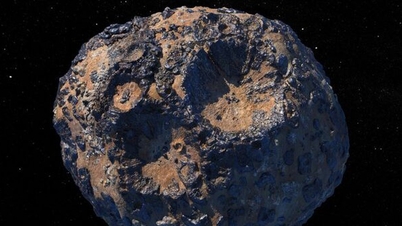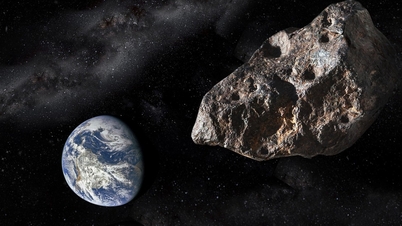First of all, there are many interesting things about this asteroid, starting with its name. The name “Apophis” comes from ancient Egyptian mythology. In Egyptian beliefs, Apophis (also known as Apep) is a serpent or dragon god who represents chaos and destruction.

Apophis, an asteroid that has attracted the attention of astronomers around the world . (Photo: WikiCommons/Getty)
Apophis was discovered on June 19, 2004, by Roy Tucker, David Tholen, and Fabrizio Bernardi at Kitt Peak National Observatory in Arizona. It is a near-Earth, pea-shaped asteroid left over from the formation of our solar system some 4.6 billion years ago. The object wobbles back and forth on its axis every 30 hours.
Now, a new study suggests that the famous asteroid Apophis will make a close approach to Earth in 2029, but that’s not something to worry about. Scientists calculate that the space rock probably won’t collide with any other space rocks that would alter its orbit in any alarming way before it veers off course toward Earth, at least until its next close approach to our planet in 2029.
On April 13, 2029, the space rock is expected to make its closest approach to Earth, coming within about 32,000 kilometers of our planet's surface. This also coincides with NASA's OSIRIS-APEX spacecraft, formerly known as OSIRIS-REx, which is also expected to approach the asteroid.
Although the 450-meter-long asteroid (equivalent to about five football fields and taller than the Empire State Building in New York City) is not on a trajectory that would put it at risk of impacting our planet, scientists are not ruling out any such impact within the next 100 years, because it is unclear how much its path will change between now and 100 years from now, and whether it will collide with other space rocks in the universe.
“ Even now we know it’s safely missing us, astronomers still have to be vigilant,” lead author of the study, Paul Wiegert, an astronomer at the University of Western Ontario in Canada, said in a statement. “It’s an asteroid we can’t stop watching. ”
Source




![[Photo] Prime Minister Pham Minh Chinh chairs meeting on railway projects](https://vphoto.vietnam.vn/thumb/1200x675/vietnam/resource/IMAGE/2025/10/23/1761206277171_dsc-9703-jpg.webp)
![[Photo] General Secretary To Lam and his wife begin their official visit to Bulgaria](https://vphoto.vietnam.vn/thumb/1200x675/vietnam/resource/IMAGE/2025/10/23/1761174468226_tbtpn5-jpg.webp)







































































































Comment (0)